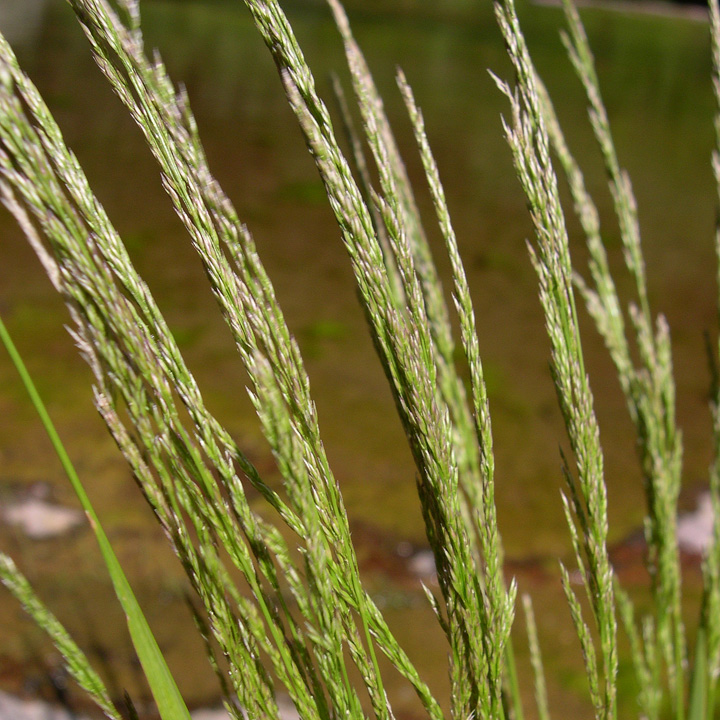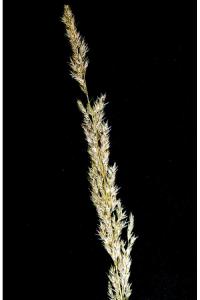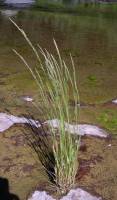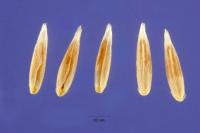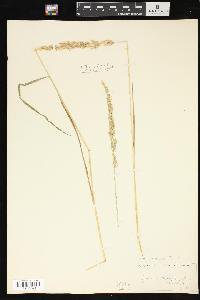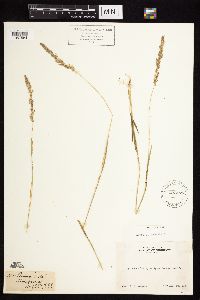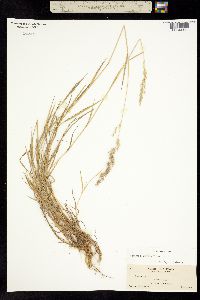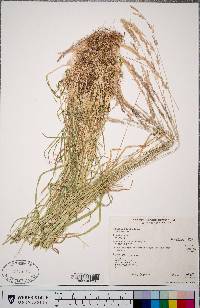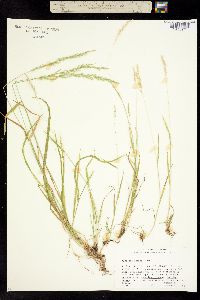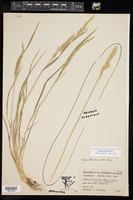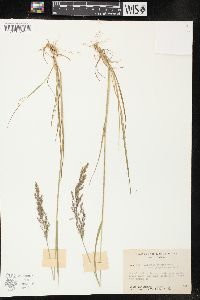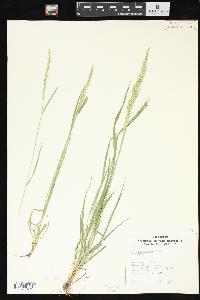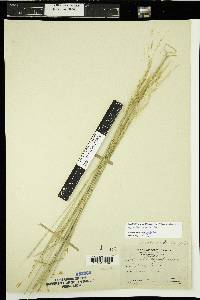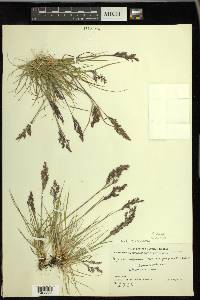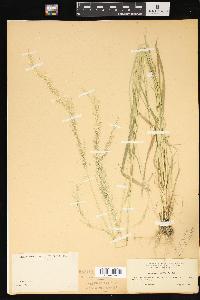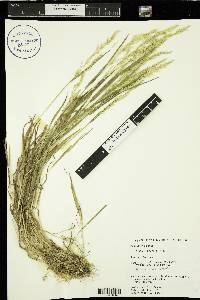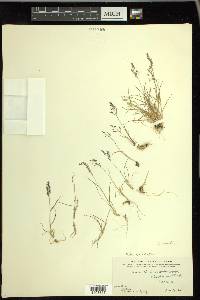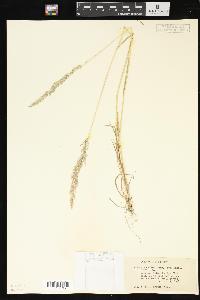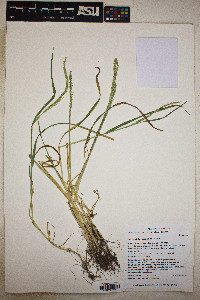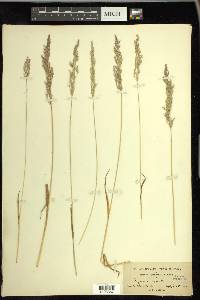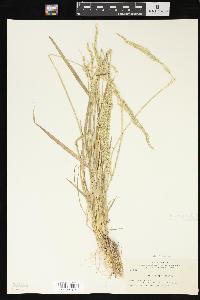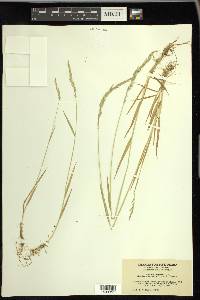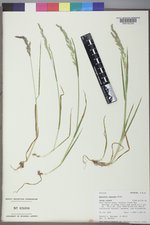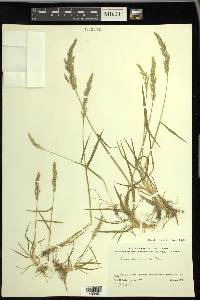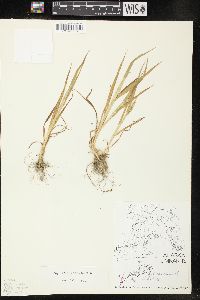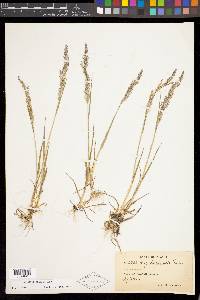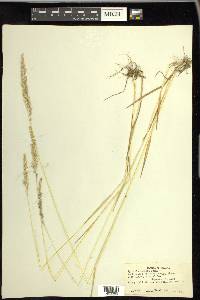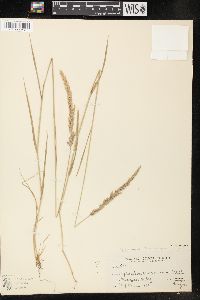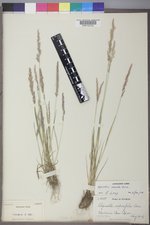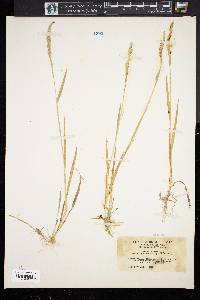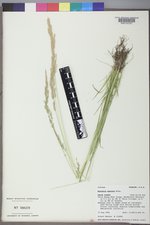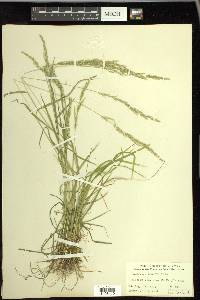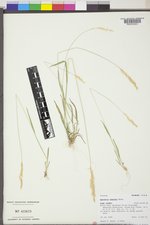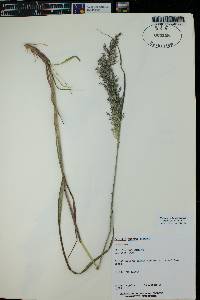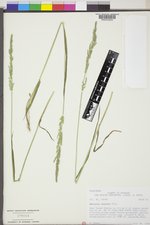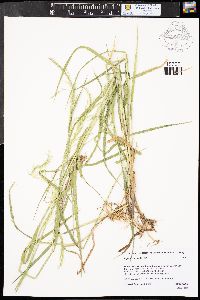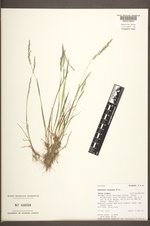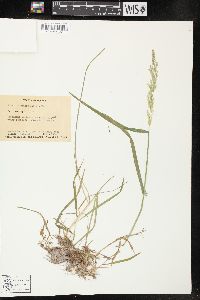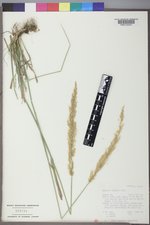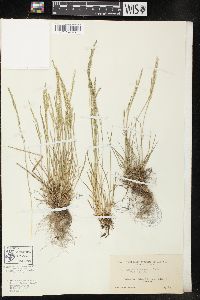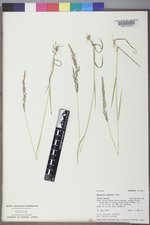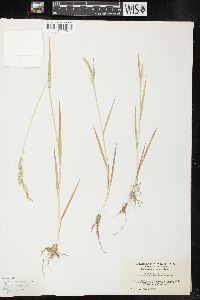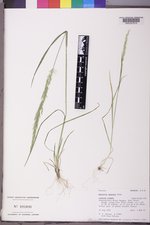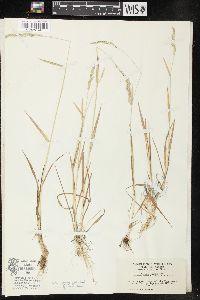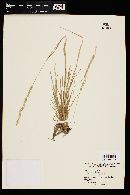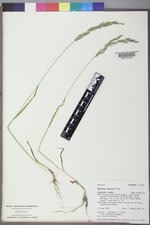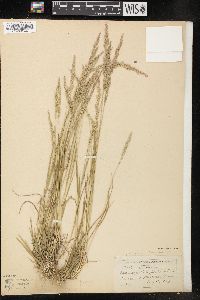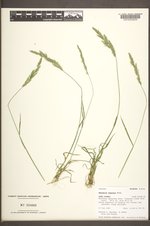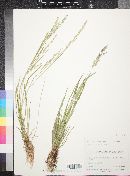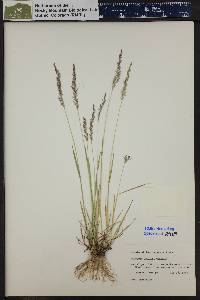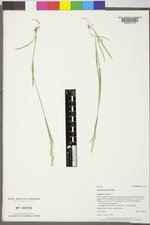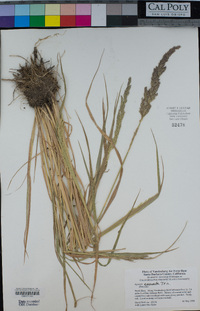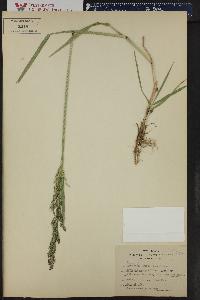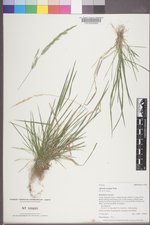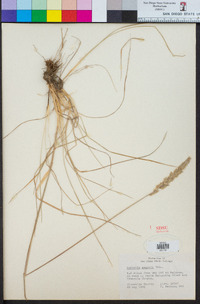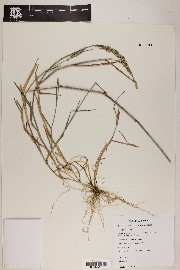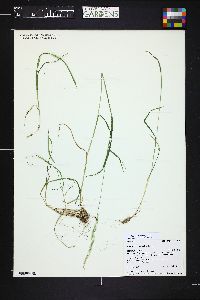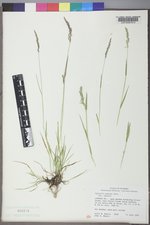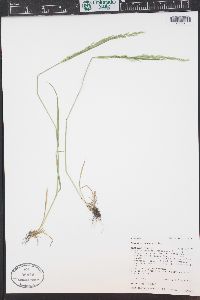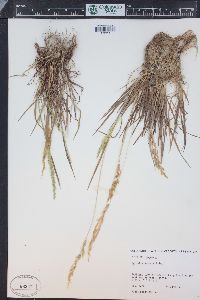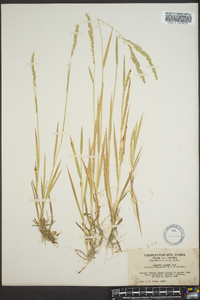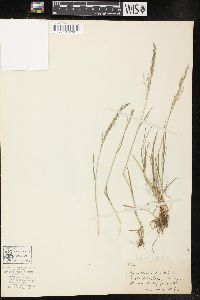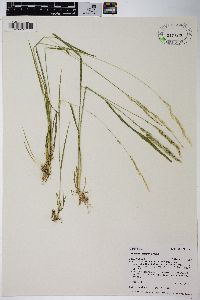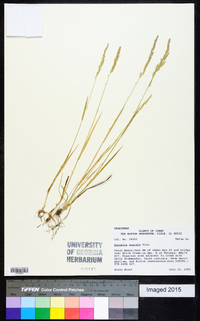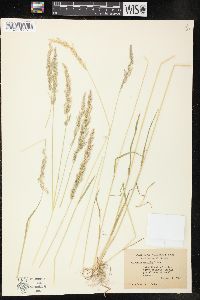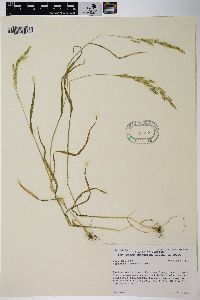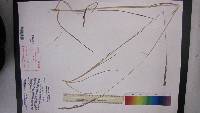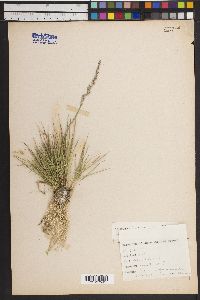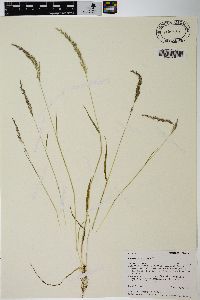
|
|
|
|
Family: Poaceae
spike bentgrass, more...Spiked Bent, Alaska bentgrass, bigspike bentgrass, longtongue bentgrass, minor spike bentgrass, monolepis bentgrass, smallleaf bentgrass
[Agrostis aenea Trin., moreAgrostis alascana Hultén, Agrostis alashana Hultén, Agrostis alaskana Hultén, Agrostis alaskana var. breviflora Hultén, Agrostis albicans Buckley, Agrostis ampla A.S. Hitchc., Agrostis ampla f. monolepis (Torr.) Beetle, Agrostis asperifolia Trin., Agrostis berlandieri E. Fourn., Agrostis canina var. aenea Trin., Agrostis canina var. melaleuca Trin., Agrostis drummondii Torr. ex Hook. f., Agrostis durangensis , Agrostis exarata f. asperifolia (Trin.) Vasey, Agrostis exarata subsp. exarata , Agrostis exarata subsp. minor (Hook.) C.L. Hitchc., Agrostis exarata var. aenea (Trin.) Griseb., Agrostis exarata var. ampla (Hitchc.) Hitchc., Agrostis exarata var. exarata , Agrostis exarata var. minor Hook., Agrostis exarata var. monolepis (Torr.) A.S. Hitchc., Agrostis exarata var. pacifica Vasey, Agrostis exarata var. purpurascens Hultén, Agrostis grandis Trin., Agrostis longiligula A.S. Hitchc., Agrostis longiligula var. australis J.T. Howell, Agrostis longiligula var. longiligula Hitchc., Agrostis melaleuca (Trin.) A.S. Hitchc., Agrostis microphylla var. major Vasey, Agrostis scouleri , Polypogon monspeliensis var. monolepis] |
Perennials, Terrestrial, not aquatic, Stems nodes swollen or brittle, Stems erect or ascending, Stems caespitose, tufted, or clustered, Stems terete, round in cross section, or polygonal, Stem internodes hollow, Stems with inflorescence less than 1 m tall, Stems with inflorescence 1-2 m tall, Stems, culms, or scapes exceed ing basal leaves, Leaves mostly basal, below middle of stem, Leaves conspicuously 2-ranked, distichous, Leaves sheathing at base, Leaf sheath mostly open, or loose, Leaf sheath smooth, glabrous, Leaf sheath and blade differentiated, Leaf blades linear, Leaf blades 2-10 mm wide, Leaf blades mostly flat, Leaf blade margins folded, involute, or conduplicate, Leaf blades mostly glabrous, Leaf blades scabrous, roughened, or wrinkled, Ligule present, Ligule an unfringed eciliate membrane, Inflorescence terminal, Inflorescence a contracted panicle, narrowly paniculate, branches appressed or ascending, Inflorescence a dense slender spike-like panicle or raceme, branches contracted, Inflorescence solitary, with 1 spike, fascicle, glomerule, head, or cluster per stem or culm, Inflorescence branches more than 10 to numerous, Lower panicle branches whorled, Flowers bisexual, Spikelets laterally compressed, Spikelet less than 3 mm wide, Spikelets with 1 fertile floret, Spikelets solita ry at rachis nodes, Spikelets all alike and fertille, Spikelets bisexual, Spikelets disarticulating above the glumes, glumes persistent, Spikelets disarticulating beneath or between the florets, Rachilla or pedicel glabrous, Glumes present, empty bracts, Glumes 2 clearly present, Glumes equal or subequal, Glumes equal to or longer than adjacent lemma, Glume equal to or longer than spikelet, Glumes 1 nerved, Lemmas thin, chartaceous, hyaline, cartilaginous, or membranous, Lemma 3 nerved, Lemma 5-7 nerved, Lemma glabrous, Lemma apex truncate, rounded, or obtuse, Lemma mucronate, very shortly beaked or awned, less than 1-2 mm, Lemma distinctly awned, more than 2-3 mm, Lemma with 1 awn, Lemma awn less than 1 cm long, Lemma awn subapical or dorsal, Lemma awns straight or curved to base, Lemma margins thin, lying flat, Lemma straight, Palea 2 nerved or 2 keeled, Stamens 3, Styles 2-fid, deeply 2-branched, Stigmas 2, Fruit - caryopsis, Caryopsis ellipsoid, longitudinally grooved, h ilum long-linear.
FNA 2007, Gould 1980 Common Name: spike bentgrass Duration: Perennial Nativity: Native Lifeform: Graminoid General: Tufted perennial, sometimes rhizomatous, but not stoloniferous with stems 8-100 cm, erect or decumbent at the base, sometimes rooting at lower nodes with 3-6 nodes; sheaths smooth or slightly scabrous. Vegetative: Blades 4-15 cm long, 2-7 mm wide, flat, ligules 1.5-8 mm, dorsal surfaces scabrous, truncate to obtuse apices, lacerate to erose. Inflorescence: Contracted, spikelike panicles 5-30 cm long, 0.5-4 cm wide, oblong to lanceolate, usually dense, rarely more open, sometimes interrupted near the base, lowest node with 1-5 branches, rarely enclosed by upper sheaths at maturity; branches scabrous, ascending to appressed, spikelet bearing to or near the base, spikelets crowded, blower branches 1-2 cm; spikelets lanceolate to narrowly ovate, greenish to purplish; glumes subequal to equal, 1.5-3.5 mm, scabrous on the midvein and sometimes on the back, 1-veined with awnlike tip to 1 mm; lemmas smooth, awned or unawned, when awned awns to 3.5 mm, straight. Ecology: Found in moist soils along streams and in canyons and meadows from 4,500-10,000 ft (1372-3048 m); flowers May-October. Notes: Readily colonizes bare soil, similar to A. scabra but the dense and crowded panicle with branches bearing spikelets to the base of the spike help to identify this species. Ethnobotany: Unknown Etymology: Agrostis is from the Latin and Greek names for a type of grass, from Greek agron or agros, field or pasture, while exarata means engraved or furrowed. Synonyms: Agrostis aenea, A. alaskana, A. ampla, A. asperifolia, A. exarata var. minor, A. exarata subsp. minor, A. exarata var. monolepis, A. exarata var. monolepis, A. exarata var. pacifica, A. exarata var. purpurascens, A. loniligula, A. longiligula var. austral Editor: SBuckley, 2010 |
This project was made possible in part by the Institute of Museum and Library Services [MG-70-19-0057-19].
Powered by Symbiota

